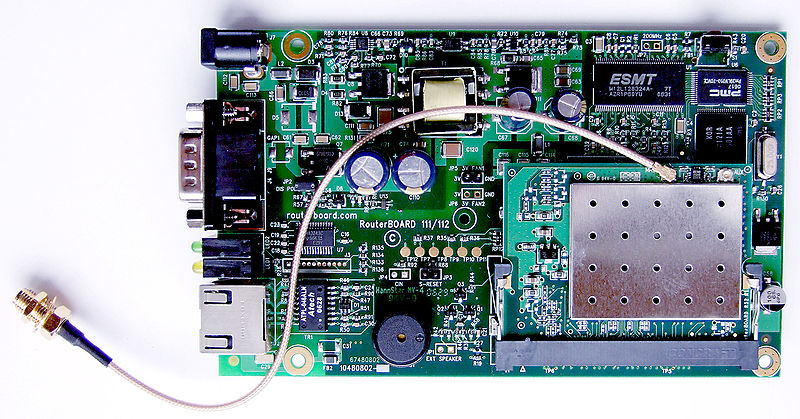“The Journey Started Back In The Early 1970s”
October 11, 2011 in Excerpts, Science/Tech, Urban Studies | Permalink
From an Ars Technica history of Wi-Fi, which surprisingly had its origins in the sandy environs of Hawaii:
“The journey started back in the early 1970s. The University of Hawaii had facilities scattered around different islands, but the computers were located at the main campus in Honolulu. Back then, computers weren’t all that portable, but it was still possible to connect to those computers from remote locations by way of a terminal and a telephone connection at the blazing speed of 300 to 1200 bits per second. But the telephone connection was both slow and unreliable.
A small group of networking pioneers led by Norman Abramson felt that they could design a better system to connect their remote terminals to the university’s central computing facilities. The basic idea, later developed into ‘AlohaNET,’ was to use radio communications to transmit the data from the terminals on the remote islands to the central computers and back again. In those days, the well-established approach to sharing radio resources among several stations was to divide the channel either into time slots or into frequency bands, then assign a slot or band to each of the stations. (These two approaches are called time division multiple access [TDMA] and frequency division multiple access [FDMA], respectively.)
Obviously, dividing the initial channel into smaller, fixed-size slots or channels results in several lower-speed channels, so the AlohaNET creators came up with a different system to share the radio bandwidth. AlohaNET was designed with only two high-speed UHF channels: one downlink (from Honolulu) and one uplink (to Honolulu). The uplink channel was to be shared by all the remote locations to transmit to Honolulu. To avoid slicing and dicing into smaller slots or channels, the full channel capacity was available to everyone. But this created the possibility that two remote stations transmit at the same time, making both transmissions impossible to decode in Honolulu. Transmissions might fail, just like any surfer might fall off her board while riding a wave. But hey, nothing prevents her from trying again. This was the fundamental, ground-breaking advance of AlohaNET, reused in all members of the family of protocols collectively known as ‘random access protocols.'”
Subscribe to my free Substack newsletter, "Books I Read This Month." It's published on the final day of each month. Some new titles, some older, some rare.
Categories
About
Afflictor.com is the website of Darren D’Addario. Except where otherwise noted, all writing is his copyrighted material. ©2009-18.

